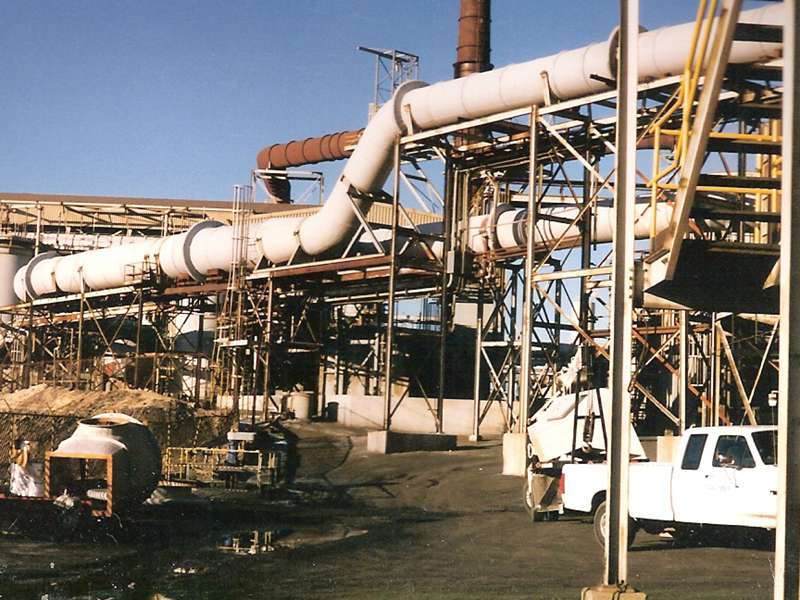
-
 Afrikaans
Afrikaans -
 Albanian
Albanian -
 Amharic
Amharic -
 Arabic
Arabic -
 Armenian
Armenian -
 Azerbaijani
Azerbaijani -
 Basque
Basque -
 Belarusian
Belarusian -
 Bengali
Bengali -
 Bosnian
Bosnian -
 Bulgarian
Bulgarian -
 Catalan
Catalan -
 Cebuano
Cebuano -
 China
China -
 China (Taiwan)
China (Taiwan) -
 Corsican
Corsican -
 Croatian
Croatian -
 Czech
Czech -
 Danish
Danish -
 Dutch
Dutch -
 English
English -
 Esperanto
Esperanto -
 Estonian
Estonian -
 Finnish
Finnish -
 French
French -
 Frisian
Frisian -
 Galician
Galician -
 Georgian
Georgian -
 German
German -
 Greek
Greek -
 Gujarati
Gujarati -
 Haitian Creole
Haitian Creole -
 hausa
hausa -
 hawaiian
hawaiian -
 Hebrew
Hebrew -
 Hindi
Hindi -
 Miao
Miao -
 Hungarian
Hungarian -
 Icelandic
Icelandic -
 igbo
igbo -
 Indonesian
Indonesian -
 irish
irish -
 Italian
Italian -
 Japanese
Japanese -
 Javanese
Javanese -
 Kannada
Kannada -
 kazakh
kazakh -
 Khmer
Khmer -
 Rwandese
Rwandese -
 Korean
Korean -
 Kurdish
Kurdish -
 Kyrgyz
Kyrgyz -
 Lao
Lao -
 Latin
Latin -
 Latvian
Latvian -
 Lithuanian
Lithuanian -
 Luxembourgish
Luxembourgish -
 Macedonian
Macedonian -
 Malgashi
Malgashi -
 Malay
Malay -
 Malayalam
Malayalam -
 Maltese
Maltese -
 Maori
Maori -
 Marathi
Marathi -
 Mongolian
Mongolian -
 Myanmar
Myanmar -
 Nepali
Nepali -
 Norwegian
Norwegian -
 Norwegian
Norwegian -
 Occitan
Occitan -
 Pashto
Pashto -
 Persian
Persian -
 Polish
Polish -
 Portuguese
Portuguese -
 Punjabi
Punjabi -
 Romanian
Romanian -
 Russian
Russian -
 Samoan
Samoan -
 Scottish Gaelic
Scottish Gaelic -
 Serbian
Serbian -
 Sesotho
Sesotho -
 Shona
Shona -
 Sindhi
Sindhi -
 Sinhala
Sinhala -
 Slovak
Slovak -
 Slovenian
Slovenian -
 Somali
Somali -
 Spanish
Spanish -
 Sundanese
Sundanese -
 Swahili
Swahili -
 Swedish
Swedish -
 Tagalog
Tagalog -
 Tajik
Tajik -
 Tamil
Tamil -
 Tatar
Tatar -
 Telugu
Telugu -
 Thai
Thai -
 Turkish
Turkish -
 Turkmen
Turkmen -
 Ukrainian
Ukrainian -
 Urdu
Urdu -
 Uighur
Uighur -
 Uzbek
Uzbek -
 Vietnamese
Vietnamese -
 Welsh
Welsh -
 Bantu
Bantu -
 Yiddish
Yiddish -
 Yoruba
Yoruba -
 Zulu
Zulu
sewage treatment fiberglass
The Role of Fiberglass in Sewage Treatment
Sewage treatment is a critical process in maintaining public health and environmental sustainability. As urbanization continues to increase, the demand for efficient and effective wastewater management systems escalates. One of the materials making waves in this industry is fiberglass, renowned for its strength, durability, and adaptability. This article explores the role of fiberglass in sewage treatment, highlighting its applications, advantages, and future potential.
Understanding Sewage Treatment
Sewage treatment involves the removal of contaminants from wastewater, primarily from domestic, industrial, or commercial sources. The treated water is either discharged into the environment or reused, thereby minimizing the impact on ecosystems and conserving water resources. The process typically includes several stages primary treatment (physical separation of solids), secondary treatment (biological breakdown of organic matter), and tertiary treatment (further purification).
Applications of Fiberglass in Sewage Treatment
Fiberglass reinforced plastic (FRP) has emerged as a preferred material for various components in sewage treatment facilities. Common applications include
1. Tanks and Vessels Fiberglass tanks are used for both storage and processing within wastewater treatment plants. Their corrosion-resistant nature makes them ideal for containing aggressive chemicals found in sewage.
2. Piping Systems FRP pipes offer excellent chemical resistance, are lightweight, and require minimal maintenance. These properties make them suitable for transporting sewage efficiently without the risks associated with rust or corrosion.
3. Covers and Grates Fiberglass covers and grates provide safe access to treatment facilities while allowing for adequate ventilation and light. Their non-corrosive properties enhance the longevity and safety of these installations.
4. Treatment Modules In advanced treatment systems, fiberglass is used to create modular units for more efficient processing. These modules make the integration of multiple treatment technologies seamless and effective.
Advantages of Fiberglass in Sewage Treatment
sewage treatment fiberglass

The utilization of fiberglass in sewage treatment presents numerous advantages
- Corrosion Resistance One of the most significant benefits of fiberglass is its resistance to corrosion from harsh chemicals and environmental conditions, ensuring longevity in wastewater applications.
- Lightweight Fiberglass is significantly lighter than traditional materials like steel or concrete. This property not only simplifies transportation and installation but also reduces the structural load on treatment facilities.
- Cost-Effectiveness While the initial investment for fiberglass structures may be higher compared to conventional materials, the long-term savings in maintenance and operational costs make it a cost-effective solution.
- Flexibility and Customization Fiberglass can be molded into various shapes and sizes, allowing for flexibility in design. Customization enables the creation of unique solutions tailored specifically to the needs of different sewage treatment applications.
- Reduced Energy Consumption Using fiberglass materials can contribute to energy efficiency in treatment processes, thus lowering operational costs and environmental impact.
Future Prospects
As the focus on sustainable practices intensifies, the role of materials like fiberglass in sewage treatment is likely to expand. Innovations in material science may lead to even more advanced composites that enhance the functionality and sustainability of wastewater management systems. Additionally, as regulations around wastewater treatment tighten globally, the efficiency and durability of fiberglass could become essential in meeting environmental standards.
Conclusion
In summary, fiberglass is carving out a significant niche in the sewage treatment sector. Its properties—corrosion resistance, lightweight design, cost-effectiveness, and flexibility—make it an ideal choice for various applications within wastewater management. As the industry evolves and seeks more sustainable and efficient solutions, the future of fiberglass in sewage treatment looks promising, reasserting its position as a crucial material in protecting our environment and public health.









